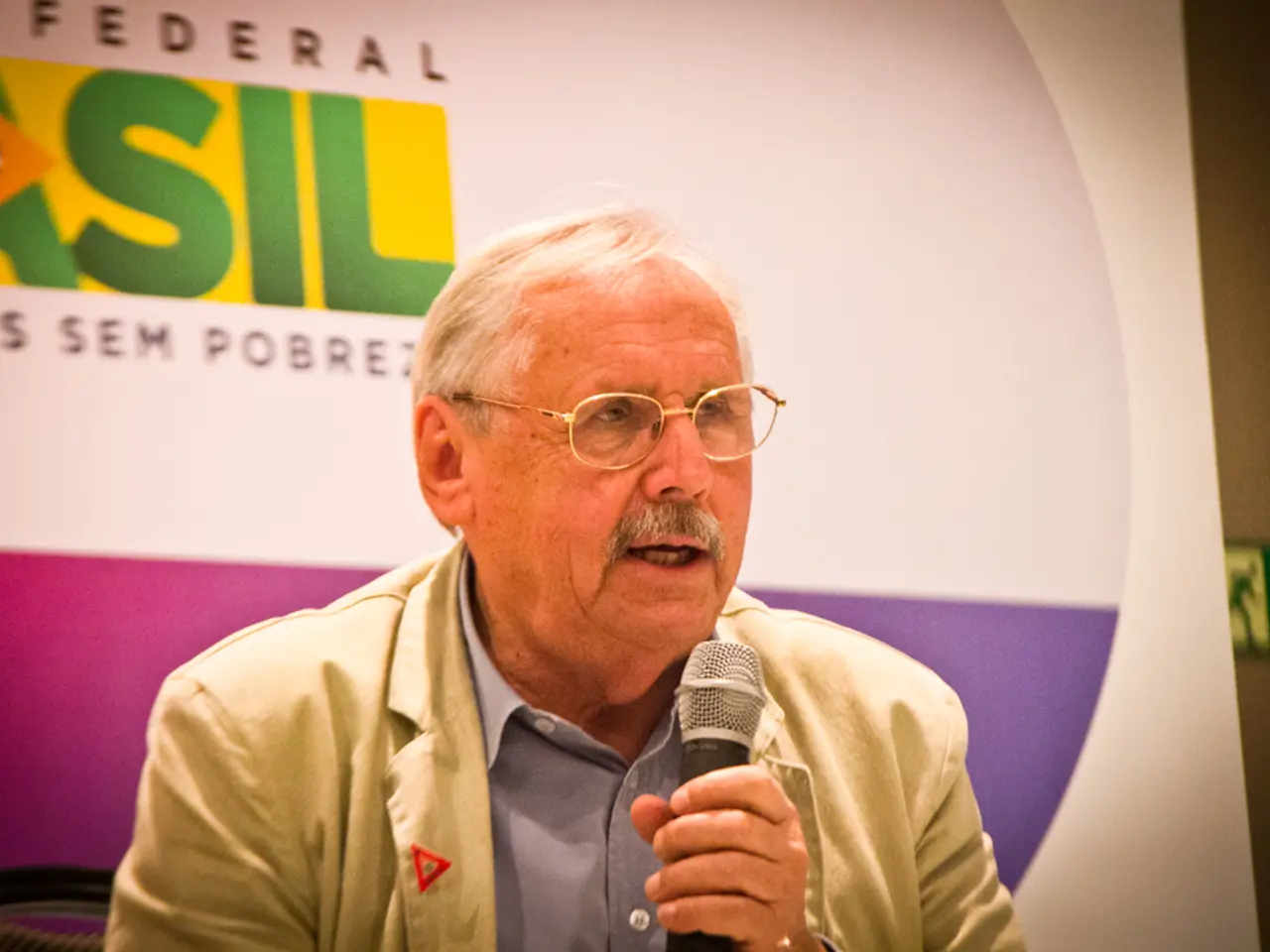Unrest, criminal gangs, and gunfire persist as humanitarian aid struggles to reach the most vulnerable in Gaza
In the past 22 months, the humanitarian crisis in Gaza has worsened significantly, leading to widespread hunger, displacement, and a lack of functioning medical facilities. This crisis has been largely attributed to issues surrounding the distribution of aid, exacerbated by the Israeli blockade and intensified military operations.
Since May 27, 2021, the Gaza Strip has been plagued by a series of challenges that have hindered effective aid distribution. The Israeli government imposed a total blockade starting in early March 2025, halting humanitarian aid entry until May 2025, when limited aid deliveries resumed but remained insufficient.
International organizations, including the United Nations, have faced severe operational challenges. Attacks on personnel and facilities, restrictions on "dual-use" items, and widespread insecurity have prevented safe aid distribution. The UN has criticized Israel's restricted aid distribution system, which limits operations to a few sites, requiring Palestinians to travel long distances.
Some aid has been looted or stalled at entry points. Israeli authorities argue that problems stem from aid agencies failing to pick up and distribute supplies from warehouses inside Gaza and from deteriorated coordination and delivery routes. Aid workers have been targeted directly, with instances of Israeli airstrikes killing World Central Kitchen staff and injuring World Food Programme workers, causing many agencies to suspend or limit their operations.
In response, Israel resumed airdrops of humanitarian supplies over Gaza in July 2025. However, the UNRWA chief called this a distraction from deeper issues. Under increasing international pressure and amid evidence of a hunger crisis, Israel announced steps to alleviate the humanitarian situation in July and August 2025, including allowing a limited flow of aid trucks (about 140 per day, approximately one-quarter of pre-war levels).
The Gaza Humanitarian Foundation (GHF) has become the main aid distributor in Gaza, sidelining UN agencies. Desperate crowds rush towards food convoys or the sites of aid drops daily. However, the scale of aid delivery remains insufficient, according to international organizations.
The Israeli army is accused of equipping Palestinian criminal networks in its fight against Hamas and allowing them to plunder aid. The Israeli authorities have accused Hamas of looting aid supplied by the UN, but have not found proof of systematic theft. A humanitarian worker in Gaza stated that none of the criminal activities in Gaza can happen without the approval, at least tacit, of the Israeli army.
International calls have been made for Hamas to disarm and end its rule in Gaza, alongside the delivery of large-scale humanitarian aid to civilians affected by the crisis. Meanwhile, Israel maintains that its actions target Hamas militants embedded among civilians and blame Hamas for hindering aid distribution and staging a “false campaign” about starvation.
In summary, the aid distribution crisis in Gaza has deepened the humanitarian crisis, leading to a grave situation for the majority of Gaza’s population. Efforts by Israel to ease restrictions and international calls for more substantial aid continue amid disputed responsibilities and ongoing conflict.
- In addition to the worsening humanitarian crisis, the distribution of aid in Gaza has been complicated by issues related to crime and justice, as both Israeli authorities and Palestinian criminal networks have been accused of looting and obstructing the delivery of humanitarian supplies.
- The news about the ongoing war-and-conflicts in Gaza, including the war of words between Israel and Hamas over the hindrance of aid distribution, often overshadows the general-news stories about the severe food shortages and medical facilities problems faced by the Gaza population.
- Despite the resumption of aid deliveries in Gaza in May 2025, the lack of functioning facilities for distributing aid and the persisting security challenges have forced several international organizations to limit their operations, leading to continued widespread hunger and displacement.








